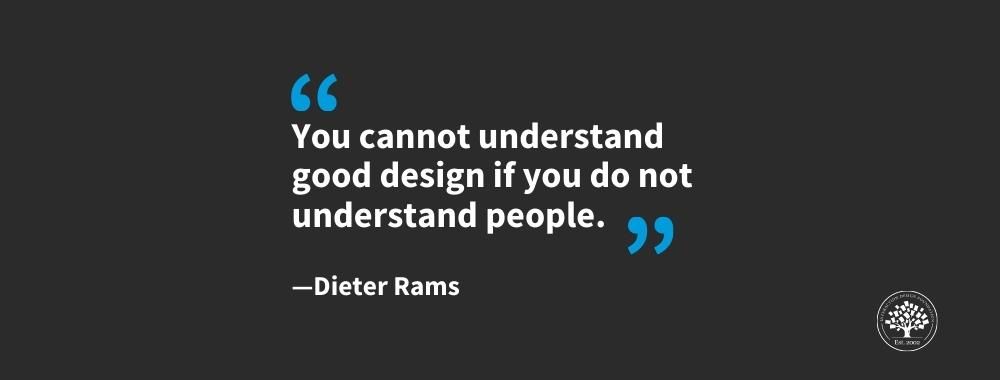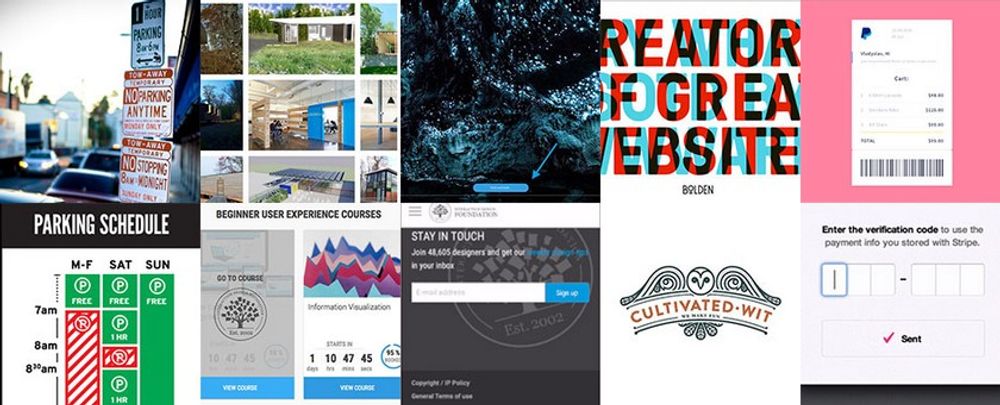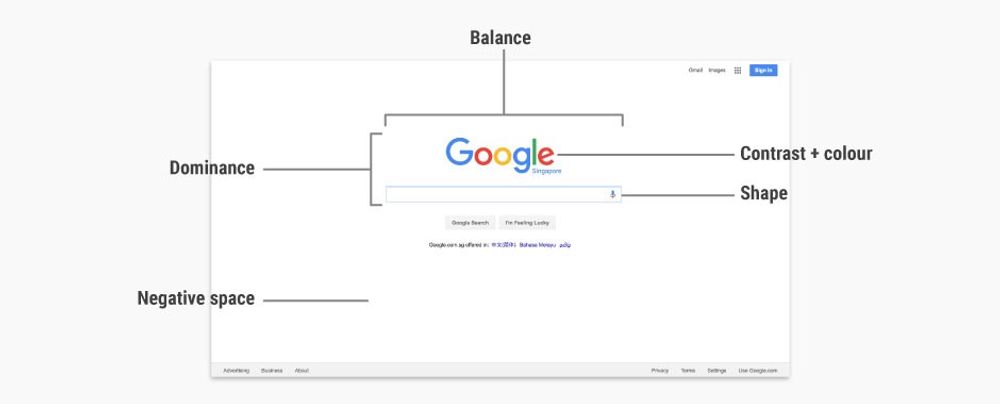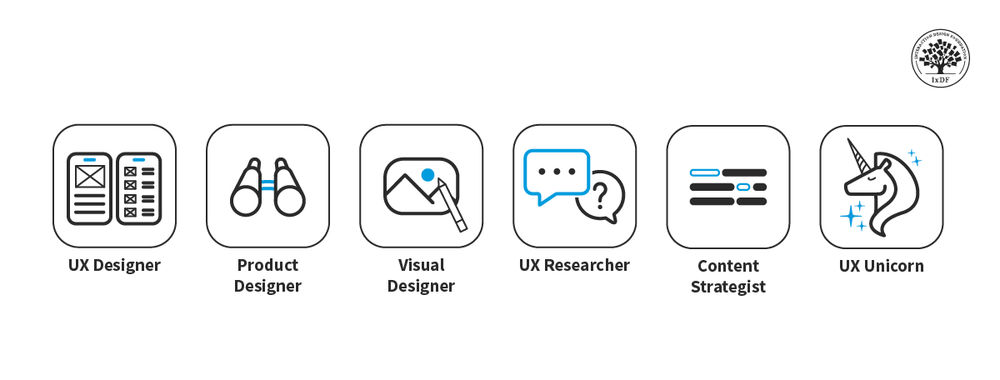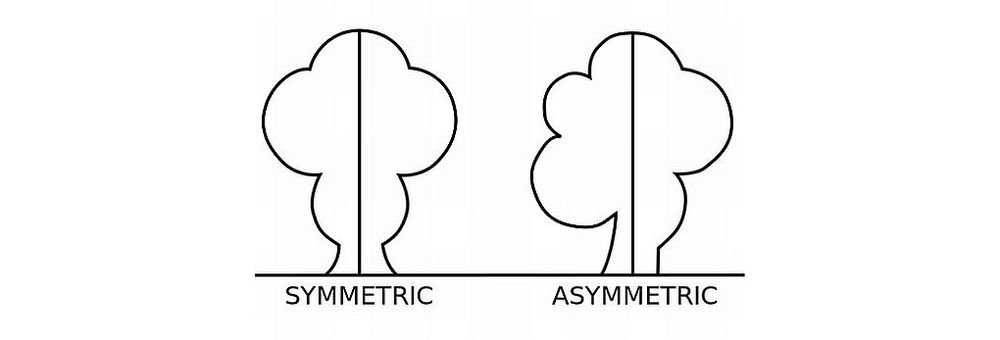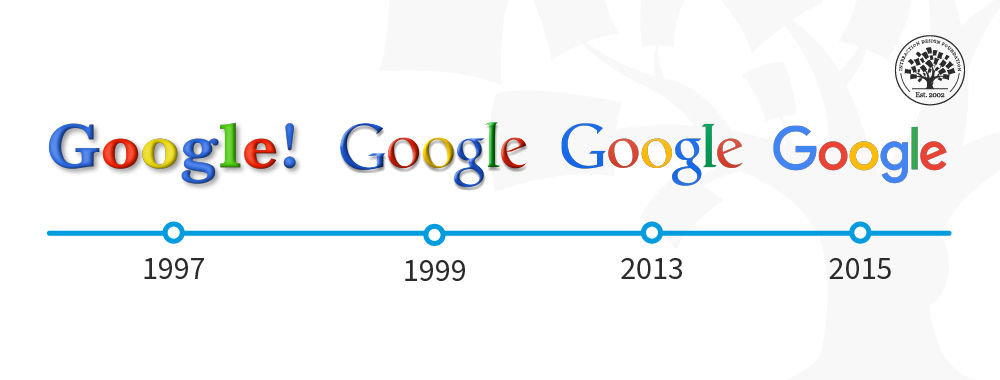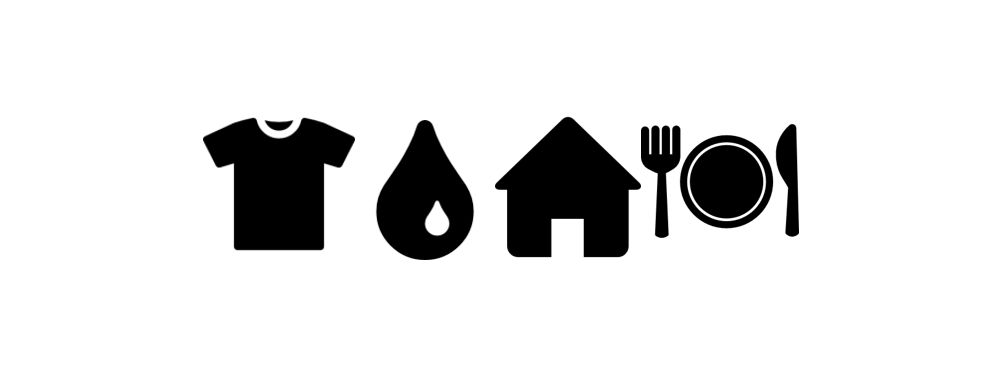Design matters. It enables us to understand, communicate and improve the world around us. When done right, design has the power to improve the everyday lives of users. When done wrong, design can disrupt and frustrate users. As a designer, you have the power to improve the everyday lives of your users if you practice good design.
“You cannot understand good design if you do not understand people.”
— Dieter Rams
So, what is good design? Are there any instructions on how to create it? Dieter Rams, a German industrial designer known for his “less but better” approach to design, attempted to answer these questions. Let’s watch.
© Gary Hustwit and Film First, Fair-Use (Link)
Dieter Rams is considered one of the most influential industrial designers of the late twentieth century. His work has influenced the way most of today's consumer products look and function. Dieter’s iconic work at Braun and Vitsoe touched the lives of millions of people. His design aesthetics championed simplicity, honesty and restraint — which is evident in the products he designed including the Braun coffee maker, shaver, stereo, calculator, speakers, alarm clock and Oral-B toothbrush. In fact, the computer or phone you're reading this on looks the way it does because of Dieter Rams.
In the late 1970s, Dieter Rams became increasingly interested in the state of the world around him — “an impenetrable confusion of forms, colors and noises.” Aware that he was a significant contributor to that world, he asked himself an important question: is my design good design? His answer is expressed in his ten principles for good design.
According to Dieter Rams, good design:
Is innovative.
Makes a product useful.
Is aesthetic.
Makes a product understandable.
Is unobtrusive.
Is honest.
Is long-lasting.
Is thorough down to the last detail.
Is environmentally friendly.
Involves as little design as possible.
These principles have become iconic and have inspired designers across the world. Let’s see each of them in a little more detail.
Table of contents
- Good design is innovative.
- Good design makes a product useful.
- Good design is aesthetic.
- Good design makes a product understandable.
- Good design is unobtrusive.
- Good design is honest.
- Good design is long-lasting.
- Good design is thorough down to the last detail.
- Good design is environmentally friendly.
- Good design is as little design as possible.
- The Take Away
- References and Where to Learn More
- Images
Good design is innovative.
The possibilities for innovation are not, by any means, exhausted. Technological development is always offering new opportunities for innovative design. But innovative design always develops in tandem with innovative technology, and can never be an end in itself.
Good design makes a product useful.
A product is bought to be used. It has to satisfy certain criteria, not only functional, but also psychological and aesthetic. Good design emphasizes the usefulness of a product whilst disregarding anything that could possibly detract from it.
Good design is aesthetic.
The aesthetic quality of a product is integral to its usefulness because products we use every day affect our person and our well-being. But only well-executed objects can be beautiful.
Good design makes a product understandable.
It clarifies the product’s structure. Better still, it can make the product talk. At best, it is self-explanatory.
Good design is unobtrusive.
Products fulfilling a purpose are like tools. They are neither decorative objects nor works of art. Their design should therefore be both neutral and restrained, to leave room for the user’s self-expression.
Good design is honest.
It does not make a product more innovative, powerful or valuable than it really is. It does not attempt to manipulate the consumer with promises that cannot be kept.
Good design is long-lasting.
It avoids being fashionable and therefore never appears antiquated. Unlike fashionable design, it lasts many years — even in today’s throwaway society.
Good design is thorough down to the last detail.
Nothing must be arbitrary or left to chance. Care and accuracy in the design process show respect towards the user.
Good design is environmentally friendly.
Design makes an important contribution to the preservation of the environment. It conserves resources and minimizes physical and visual pollution throughout the lifecycle of the product.
Good design is as little design as possible.
Less, but better — because it concentrates on the essential aspects, and the products are not burdened with non-essentials. Back to purity, back to simplicity.
We’re inspired by the relevance of the principles above. If you are too, feel free to download our Ten Principles of Good Design Poster to reference or even print and hang on your wall. And don’t worry — we’ve included both a light and dark theme poster, so you can match your personal aesthetics. :)
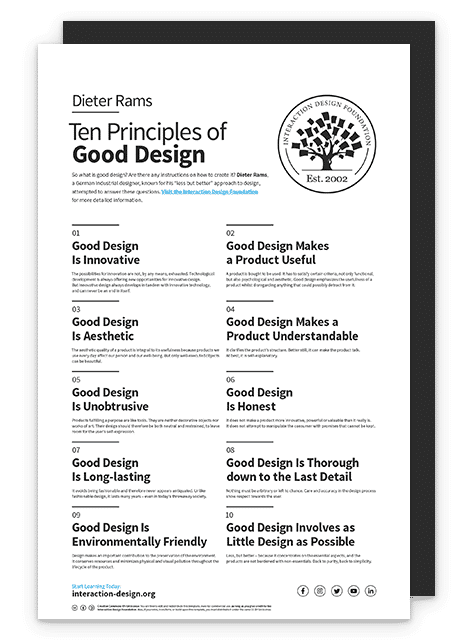

The Take Away
Good Design enables us to understand, communicate and improve the world around us. When done right, it has the power to improve the everyday lives of users. Dieter Rams’s 10 Principles of Good Design are proof of his minimalist and functional approach to design, but, more than that, they are proof of his professional stand. This is why we can easily make these principles our values, our philosophy of how design — hence, UX design — should be for any product or service.
“You cannot understand good design if you do not understand people.”
— Dieter Rams
We, as designers, need to be creative engineers who solve people’s needs and respect the 10 principles:
Good design is innovative. Good design must be useful. Good design is aesthetic design. Good design makes a product understandable. Good design is honest. Good design is unobtrusive. Good design is long-lasting. Good design is consistent in every detail. Good design is environmentally friendly. And, last but not least, good design is as little design as possible.
References and Where to Learn More
Learn more about the power of good design and Dieter Rams’s ideology at Vitsœ.
Watch the exciting documentary film, Rams, by Gary Hustwit and Film First.
Images
© Interaction Design Foundation, CC BY-SA 3.0
